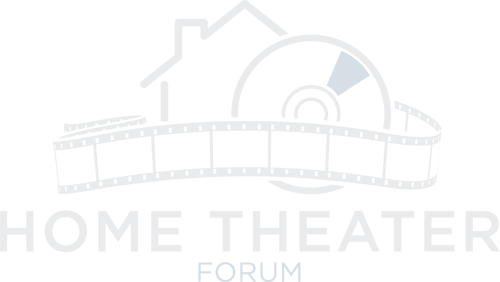I can understand that it might seem I said otherwise, but that was never my intention. What I was explaining, maybe badly, is that the 128 objects in a theatrical soundtrack can be divided between bed channels and dynamic objects. There is a total of 128, so if 10 are used for bed channels, that leaves 118 for dynamic objects. If fewer are used for bed channels, there are more for dynamic objects. It is in that way I meant they are the interchangeable. How they operate is different. That's all I was trying to convey. Until I see reputable information that, specifically, there are 128 discrete objects in, specifically, home Atmos, I will remain skeptical. That number is always and only expressed regarding the mixing of the original, theatrical mix. In fact, I recall that video early on mentioning the factors considered in "mixing down" the theatrical soundtrack for home use.1) My current understanding, based on both that video and the official Dolby documentation (from the professionalsupport.dolby site, not their pretty aimed-at-consumers site) are that bed channels and objects are two distinctly different things.
That's where the word play comes in. Yes, all the objects of the original soundtrack can be recreated, but that does not mean they remain as 128 discrete objects. If that was the case, they would make a point of specifically stating that all 128 discrete objects of the theatrical soundtrack still exist as 128 discrete objects in home use. Instead, my understanding is they are combined (into stems?) of far fewer discrete channels/objects. There remains the reality that the configuration home Atmos systems are all over the place. A sound mixer can never have the slightest idea how the soundtrack is played back. I would expect this would often result in a "less is more" attitude to mixing home Atmos.In Dolby's own documentation they mention the home version can recreate all the objects of the theatrical mix.
In any case, this seems to have become more about nitpicking my comments than anything else. So I will move along. I do admit I got a little worked up about what I learned a couple years ago.
EDIT: I do want to add that when I was learning this a couple years ago I had no trouble finding references to the 16 channel limit, but when I did a very quick search a few months ago I didn't find any of those.
Maybe most important is, as Josh is referring to below, not just the system itself, but how it is actually used in the various mixes. Does it matter how many dynamic channels there could be, if they are rarely used? Also, as re alluded to below, and I swear I saw examples of this with Disney in particular, that there can be 7.1.4 bed channels. It's all very confusing, and I suspect that might be intentional.
Last edited:

